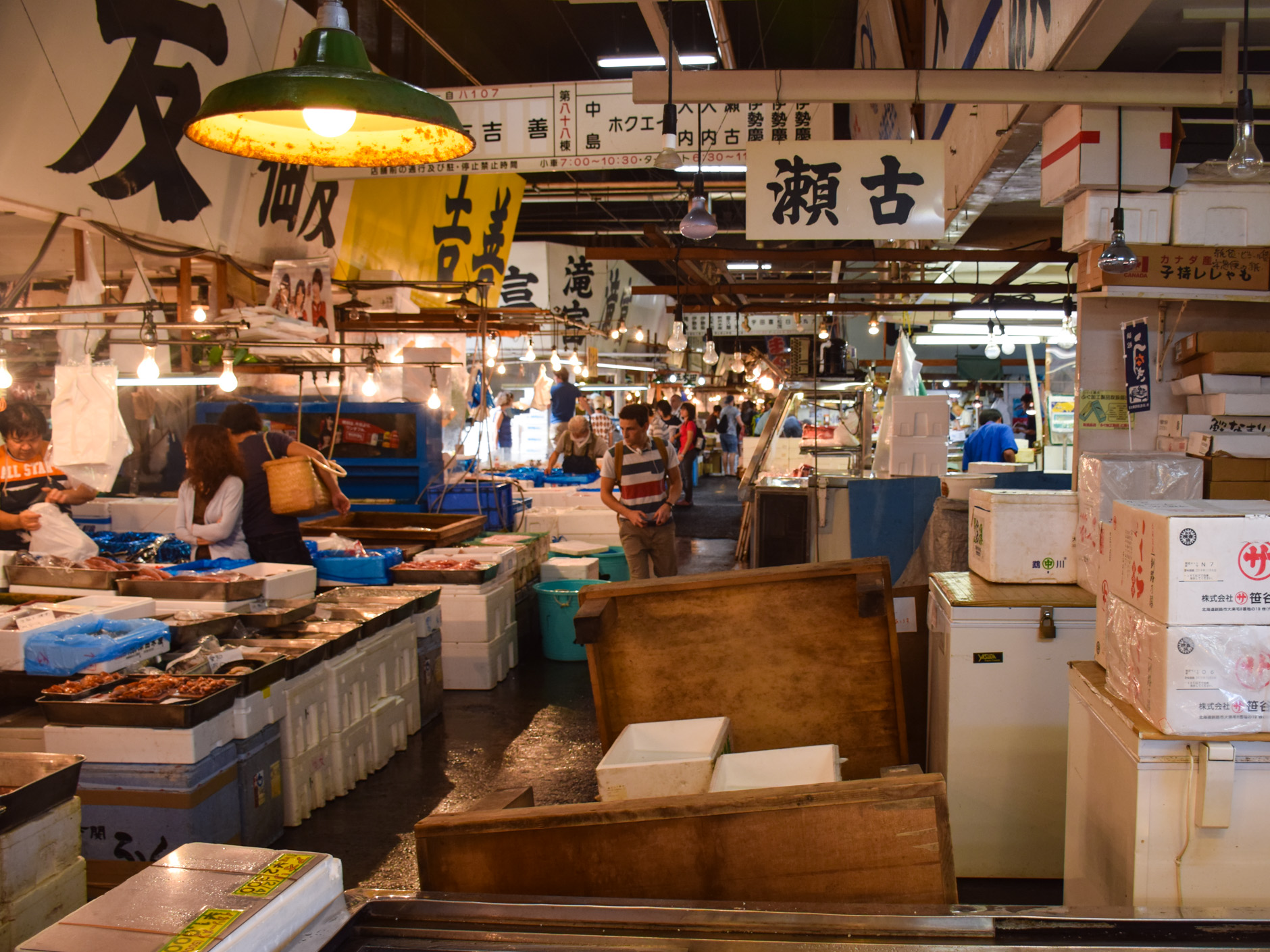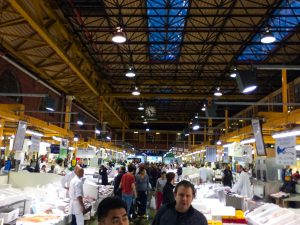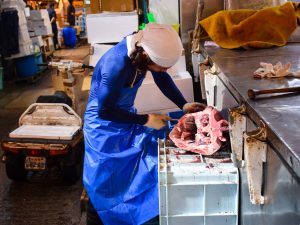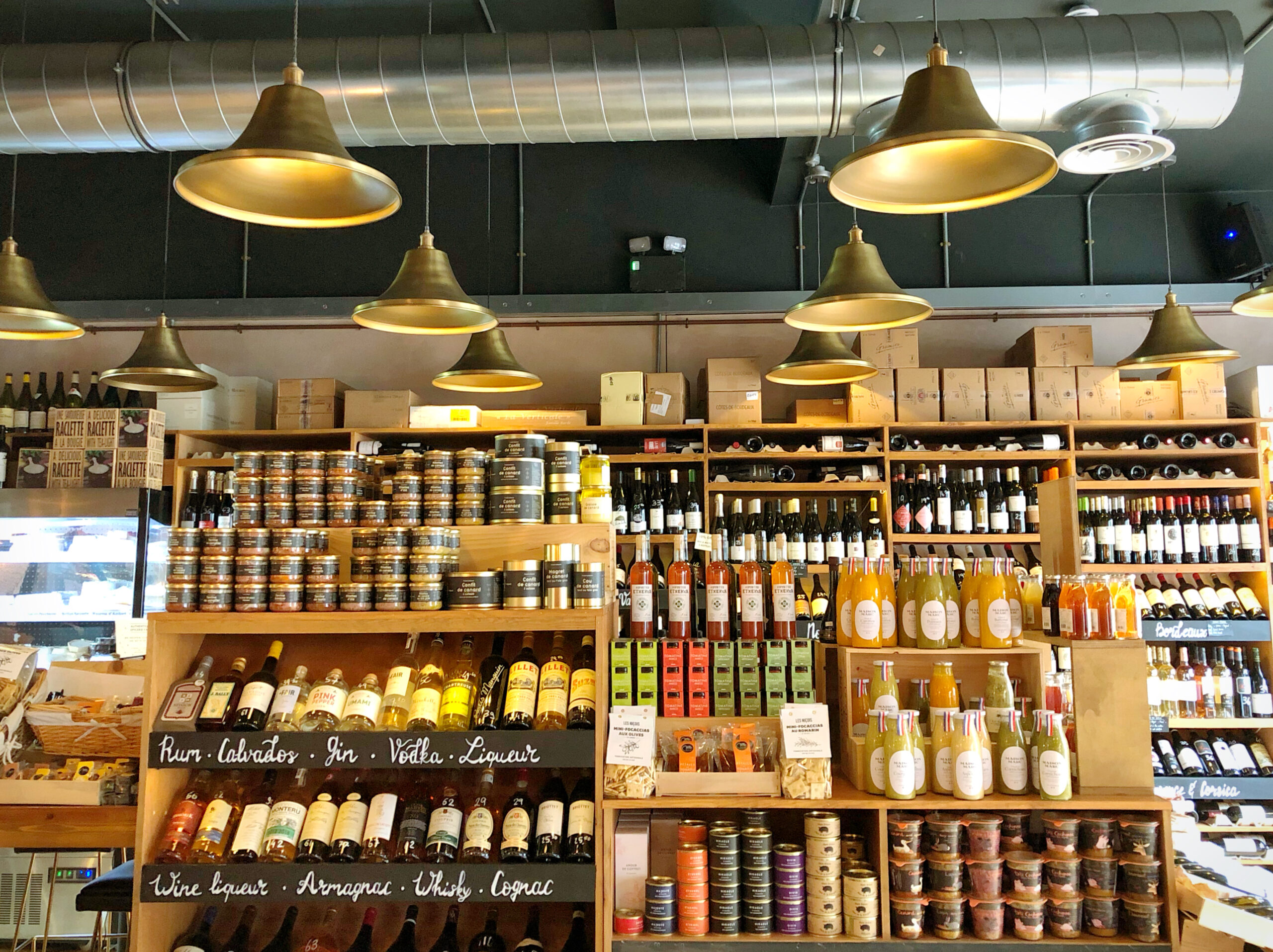When I first came to London a few years ago, one could easily dismiss the seafood available as stale, sub-par and frankly just not worth writing home about. Next to major Continental cities, the quality of the catch and the restaurants that served them paled in comparison. Yet today, eating seafood here couldn’t be better. Cornwall superstar chefs Rick Stein and Nathan Outlaw have both opened outposts here, new hip fish and chip joints like Hook in Camden Town have sprung up, and just recently London became home to the only 3 Michelin starred sushi restaurant outside of Asia. And yes, The Araki sources its fish locally.
Just as how bistros, tapas bars and food trucks have grown and adapted to service the needs of the increasingly well-informed dining public, seafood restaurants have raised the bar and specialised. But what is going on? With so many small restaurants each selling increasingly unique products where do they get their produce from? Each wants to convey some relationship with a fisherman, today’s catch freshly-delivered to restaurants, perhaps in the image of the farm to table movement. This trend, as well as public expectations, places more pressure on the restaurant owner to ensure a reliable supply of high quality exotic products without actually buying a boat. To find out how this has been done, we start from Tsukiji Market in Tokyo, Japan.
Tsukiji is the biggest fish market in the world… where Tokyo’s top end restaurants get their seafood
Tsukiji is the biggest fish market in the world, with over 900 stallholders each selling tuna, white fish and various crustaceans. These people are not fishmongers, mostly traders that send fish off to fill the shelves of supermarkets and the conveyor belts of family eateries. Yet it is the very same market where Tokyo’s top end restaurants get their seafood; from suppliers whose relationships have been cultivated over decades. These restaurants get priority access to top quality fish that new entrants just don’t get. And you can get really exotic fish at Tsukiji, ranging from pufferfish that can potentially kill you to tuna that was confused and followed pregnant salmon back to spawn. But when the public is allowed into the market at 9am in the morning, there are only leftovers.
Enter Billingsgate Market, Europe’s largest inland fish market. Over here, it’s still a pretty sordid industrial affair, happening in a yellow brutalist building sticking out like a sore thumb in the glistening docklands. It isn’t what a modern diner would imagine a fish market to be. Unlike Borough Market there aren’t any street food stands or buskers playing Mark Knopfler’s Trawlerman here. These are real fishmongers shifting fish by the tonne. And those belonging to the Slow Food Movement would be disappointed too – nothing here is from within a 50-mile radius, and fish is brought in to Billingsgate from ports all around the UK, with turbot and halibut coming as far as Aberdeen in the Scottish Highlands.
Billingsgate is open to the consumer looking to score a good deal… Once inside, the variety of fish-related products is astonishing
Billingsgate is open to the consumer looking to score a good deal. It opens to the public on Saturdays at 4 in the morning, a trip made less daunting by the Night Tube running to Canary Wharf at regular intervals. Once inside, the variety of fish-related products is astonishing. I was surprised to find Indian Ocean Threadfin, Amberjack and Silver Pomfrets available by the box, placed alongside the usual salmon, king prawns and cod. Apparently the fishmongers have been handling a greater number of exotic fish breeds than ever before. Having bought quite a lot of these fish myself I can attest to the quality of Billingsgate seafood. There are stalls you go to for shrimp, some that deal in whole tuna and many will do you sashimi grade fish fillets if you so require, you just have to know where to look.
It was then Billingsgate jolted me back to reality. The truth is the back end of the restaurant business is not romantic or trendy or artisanal, and often just involves backbreaking labour in a wet, poorly ventilated room. These suppliers make their delivery rounds before dawn, out of sight and through back alley entrances. When the industry demands, they will simply adapt to the new reality of speciality restaurants while ensuring the likes of Tesco and Poppies Fish and Chips get their fish just as they want it.
Billingsgate Market
Trafalgar Way
London
E14 5ST
Tsukiji Market
5 Chome-2-1 Tsukiji
Chuo
Tokyo 104-0045
Japan









